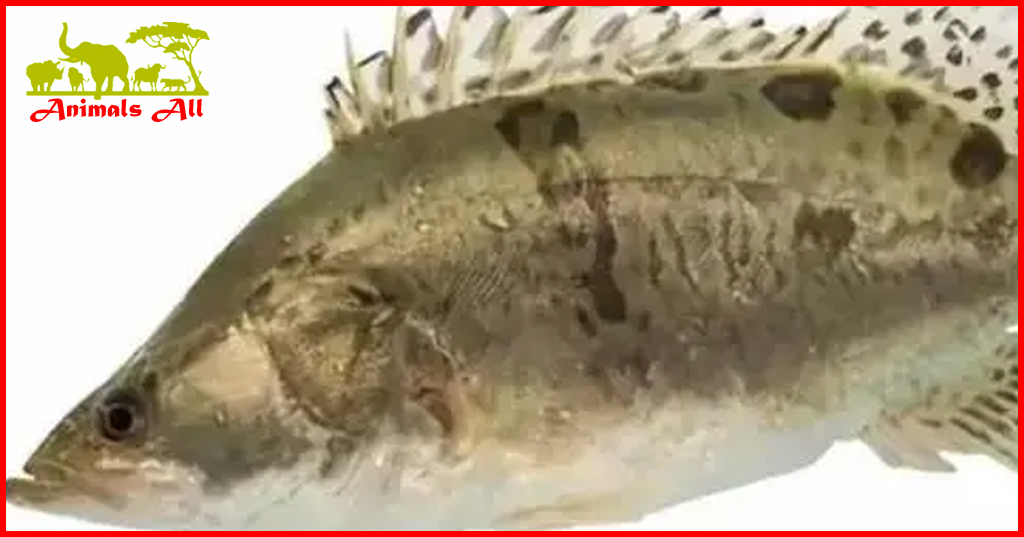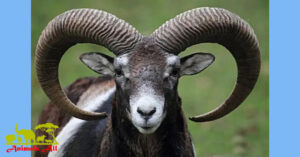
The living habits, feeding habits and breeding habits of mandarin fish
Mandarin fish is a bottom fish that lurks at the bottom of the water during the day and looks for food at night. It does not like to live in groups. This fish is a carnivorous fish that feeds on small fish and shrimps. This fish has a large appetite. When raising mandarin fish, fry, brood fish and adult fish should be fed separately. This fish grows slowly in rivers, but the growth rate is greatly accelerated in artificial breeding. The breeding season of fish is from mid-May to August, with June being the peak period. Mandarin fish eggs are drifting eggs.

1. Living environment of mandarin fish
Mandarin fish is a bottom fish that lives in still water or rivers, lakes and reservoirs with a certain amount of water flow, especially shallow lakes with abundant aquatic plants. It usually lurks at the bottom of the water during the day and moves around to look for food at night. It has the habit of digging caves as nests and does not like to live in groups. The living water temperature is 15~32℃. It is not very active and does not eat much when the water temperature is below 7℃.
2. Diet of Mandarin Fish
Mandarin fish is a typical carnivorous and ferocious fish that feeds on small fish and shrimps throughout its life. Newly hatched fish fry can catch other fry. A fish with a body length of 0.7 cm can catch other fish with a body length of 0.35 cm, and a fish with a body length of 31 cm can catch crucian carp with a body length of 15 cm. fish has a large appetite, and usually eats 10% to 15% of its own weight when full. In the process of breeding fish, there is a certain degree of selectivity in feeding bait fish. In other words, crucian carp is the main feed in the fry stage, crucian carp and dace are the main feed in the fingerling stage, and small fish that are easy to obtain and palatable are the main feed in the adult stage.

3. Growth habits of mandarin fish
Mandarin fish grow slowly in rivers. In the Yangtze River Basin, the average body length of a one-year-old fish is 17.5 cm and the weight is 119 grams. A two-year-old fish is 23.6 cm and 300 grams. A three-year-old fish is 32.8 cm and 812 grams. A four-year-old fish is 42.5 cm and 1526 grams. The growth rate is greatly accelerated under artificial breeding conditions. At that time, fish fry in ponds and cages reached commercial specifications, equivalent to the weight of 2-3-year-old fish grown naturally on large water surfaces. Under the same artificial breeding conditions, the growth rate of C. chuatsi was the fastest, followed by the big-eyed fish.
4. Reproduction habits of mandarin fish
The breeding season of this fish is from mid-May to August every year, and the peak period is in June. The suitable water temperature is 22~30℃. The eggs produced by fish are drifting eggs that can stick to water plants. Males mature in one winter, and females mature in two winters. They are multiple spawning types.

